Strategy Design Pattern in Java
1. Introduction
The Strategy Pattern is a behavioral pattern that allows selecting an algorithm’s behavior at runtime.
It defines a family of algorithms, encapsulates each one, and makes them interchangeable without altering the client code.
2. Real-World Analogy
Think about a Payment Gateway:
- A customer can pay using Credit Card, PayPal, or UPI.
- The payment method (strategy) can change at runtime without changing the payment processing system.
3. Structure of Strategy Pattern
- Strategy (Interface) → Defines the algorithm’s structure.
- Concrete Strategies → Implement different algorithms.
- Context → Uses a strategy object to execute the algorithm.
4. Custom Implementation Example
Let’s build a Payment Gateway System where payment method can be switched dynamically.
Step 1 – Strategy Interface
public interface PaymentStrategy {
void pay(double amount);
}
Step 2 – Concrete Strategies
CreditCardPayment
public class CreditCardPayment implements PaymentStrategy {
private String cardNumber;
public CreditCardPayment(String cardNumber) {
this.cardNumber = cardNumber;
}
@Override
public void pay(double amount) {
System.out.println("Paid $" + amount + " using Credit Card: " + cardNumber);
}
}
PayPalPayment
public class PayPalPayment implements PaymentStrategy {
private String email;
public PayPalPayment(String email) {
this.email = email;
}
@Override
public void pay(double amount) {
System.out.println("Paid $" + amount + " using PayPal: " + email);
}
}
UPIPayment
public class UPIPayment implements PaymentStrategy {
private String upiId;
public UPIPayment(String upiId) {
this.upiId = upiId;
}
@Override
public void pay(double amount) {
System.out.println("Paid $" + amount + " using UPI: " + upiId);
}
}
Step 3 – Context (PaymentProcessor)
public class PaymentProcessor {
private PaymentStrategy paymentStrategy;
public void setPaymentStrategy(PaymentStrategy paymentStrategy) {
this.paymentStrategy = paymentStrategy;
}
public void processPayment(double amount) {
paymentStrategy.pay(amount);
}
}
Step 4 – Client Code
public class StrategyPatternDemo {
public static void main(String[] args) {
PaymentProcessor processor = new PaymentProcessor();
processor.setPaymentStrategy(new CreditCardPayment("1234-5678-9012-3456"));
processor.processPayment(250.75);
processor.setPaymentStrategy(new PayPalPayment("user@example.com"));
processor.processPayment(120.50);
processor.setPaymentStrategy(new UPIPayment("user@upi"));
processor.processPayment(300.00);
}
}
5. Output
Paid $250.75 using Credit Card: 1234-5678-9012-3456
Paid $120.5 using PayPal: user@example.com
Paid $300.0 using UPI: user@upi
6. Advantages
- Reduces conditional logic in code.
- Makes algorithms interchangeable at runtime.
- Promotes Open/Closed Principle — easy to add new strategies without changing existing code.
7. Real-World Use Cases
- Payment processing (Credit Card, PayPal, UPI).
- Sorting algorithms (QuickSort, MergeSort, BubbleSort).
- Compression utilities (ZIP, RAR, GZIP).
Navigation systems (Car, Walking, Biking routes).
Next -Template Method Design Pattern in Java
 (28).png)
 (17).png)
.png)
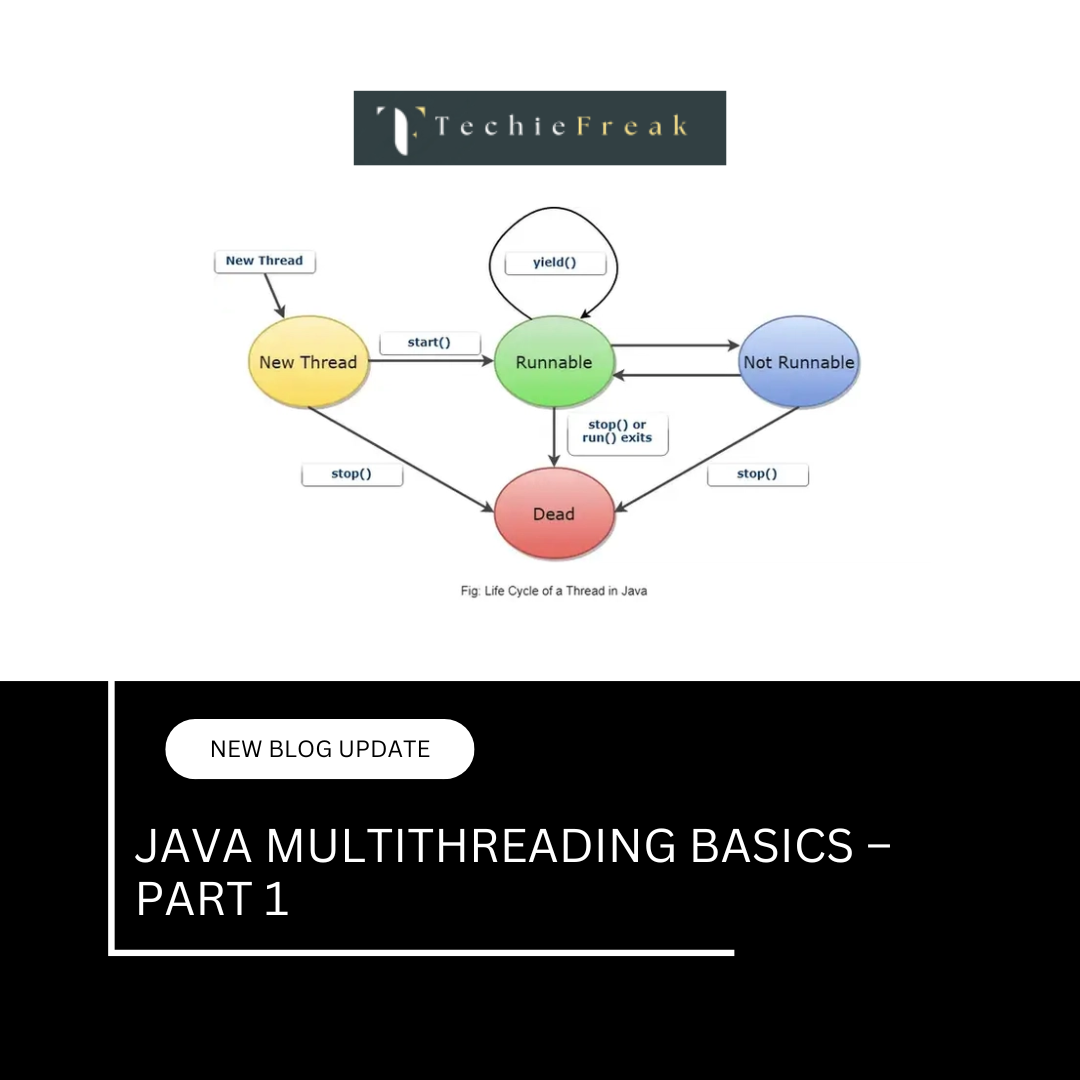
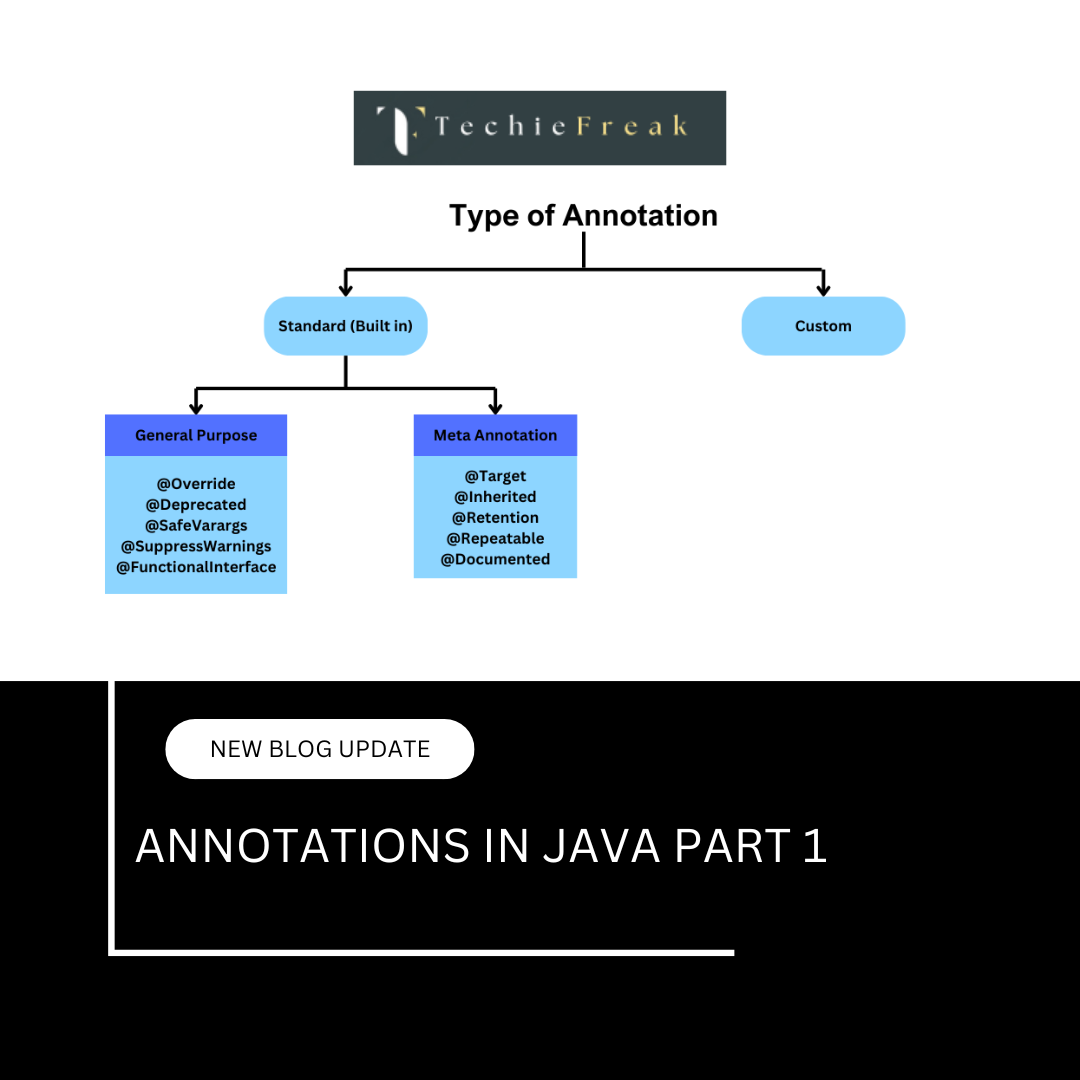
 (18).png)
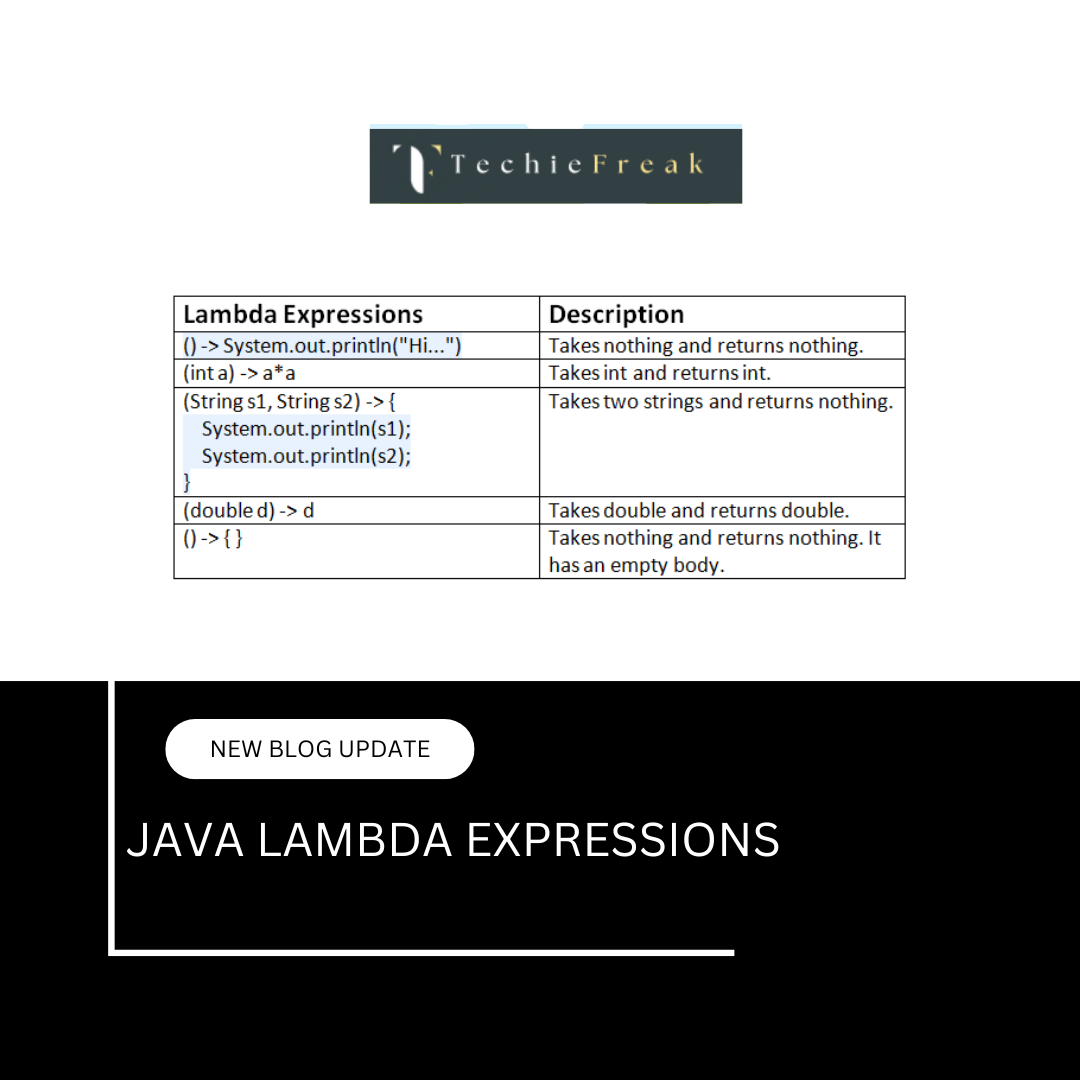
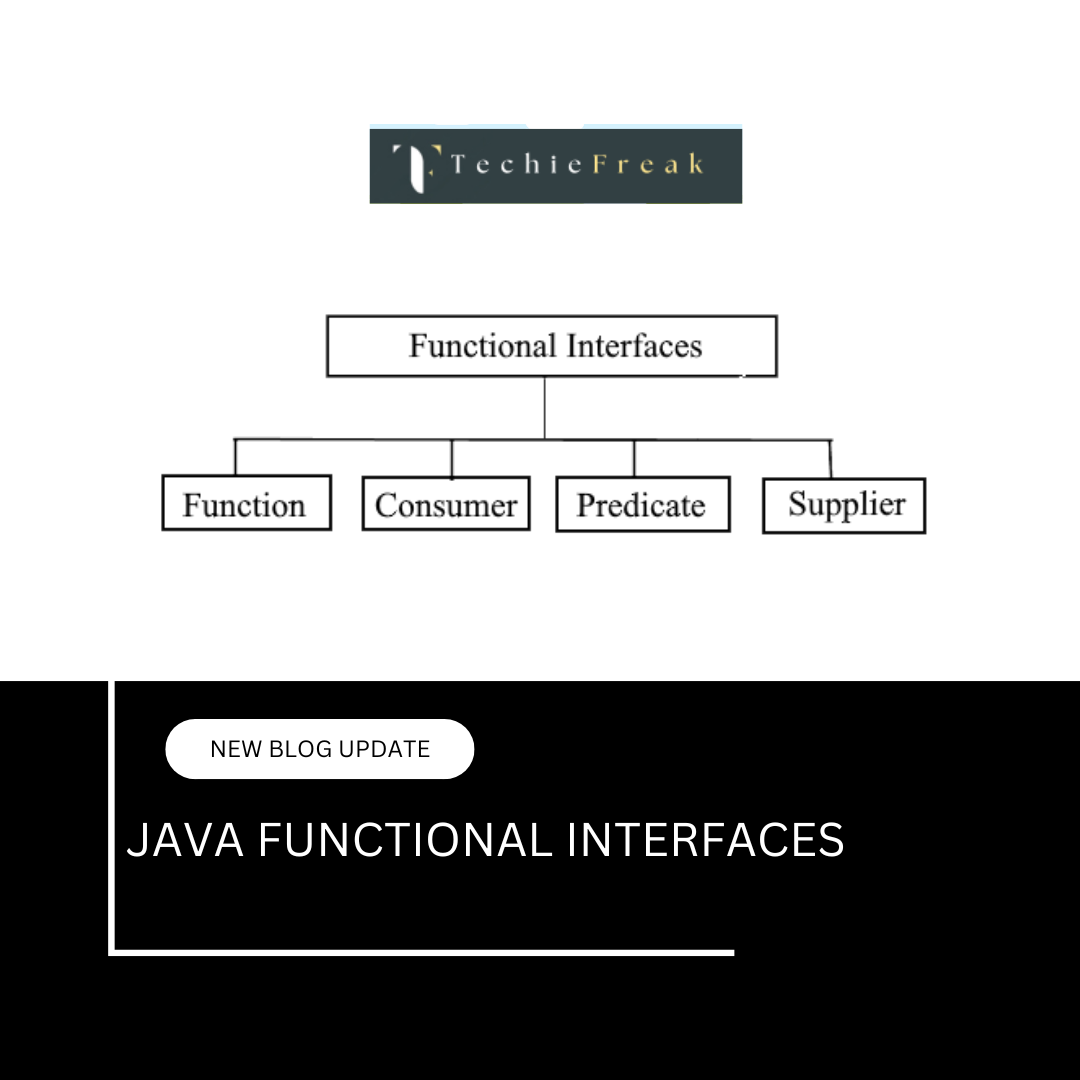
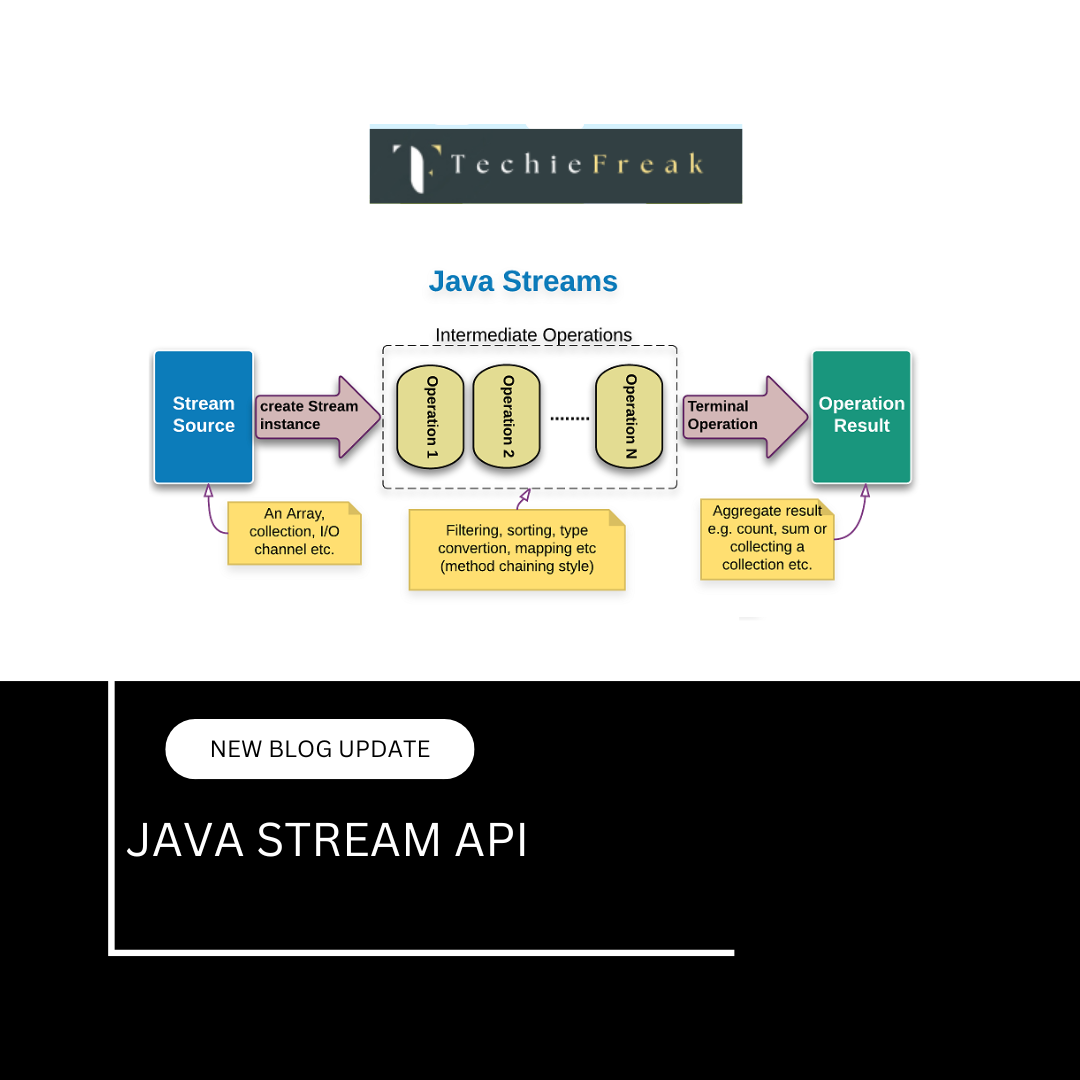
.png)
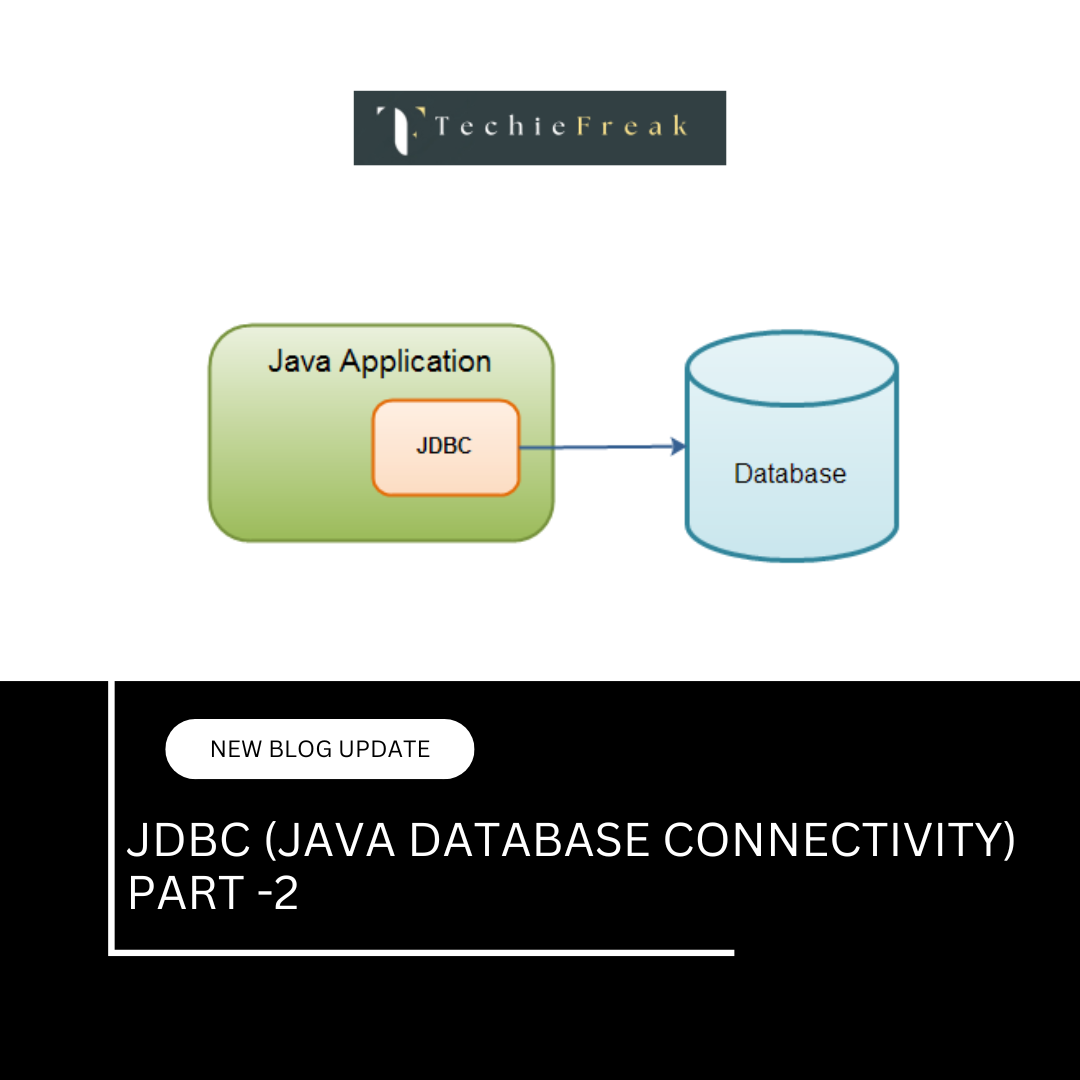

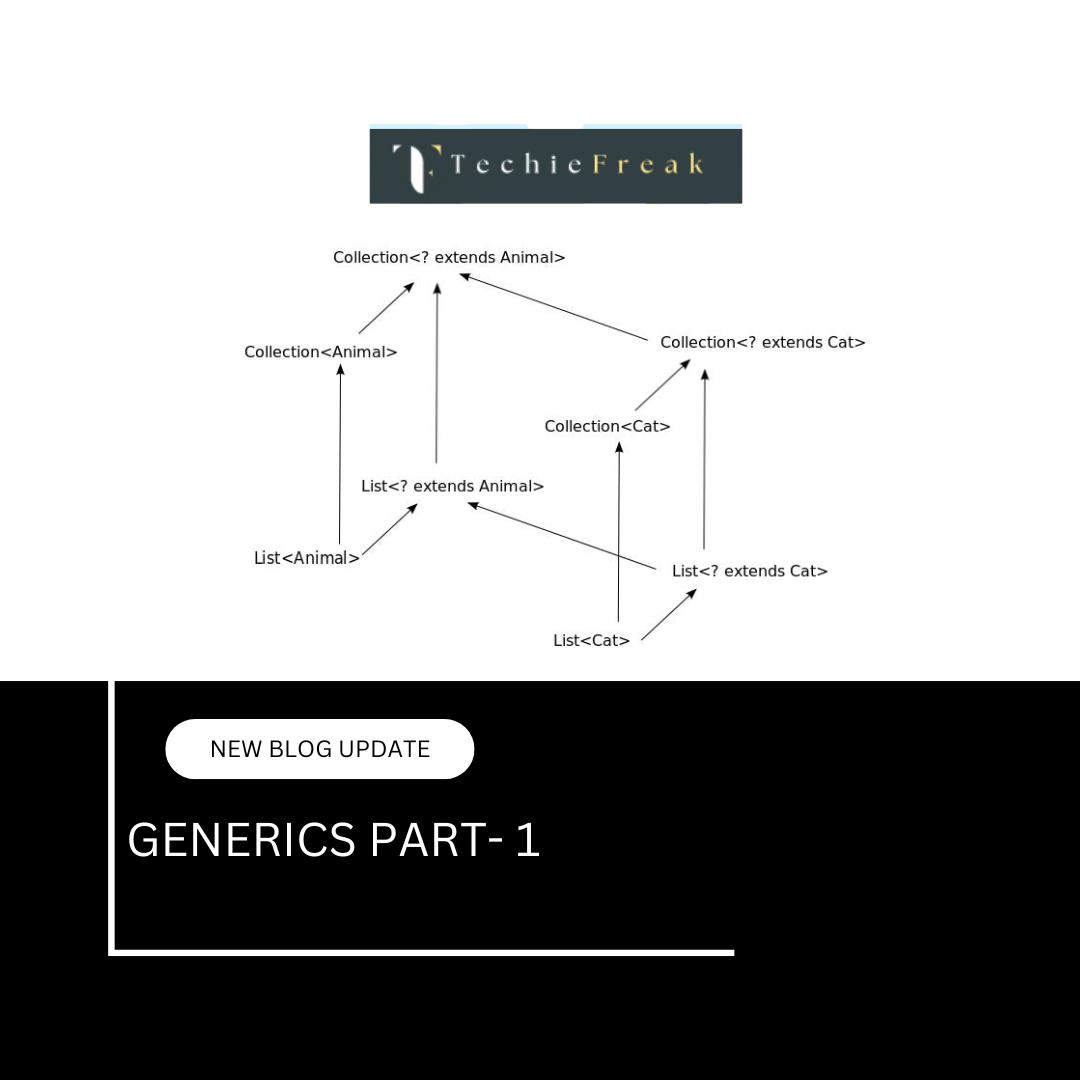
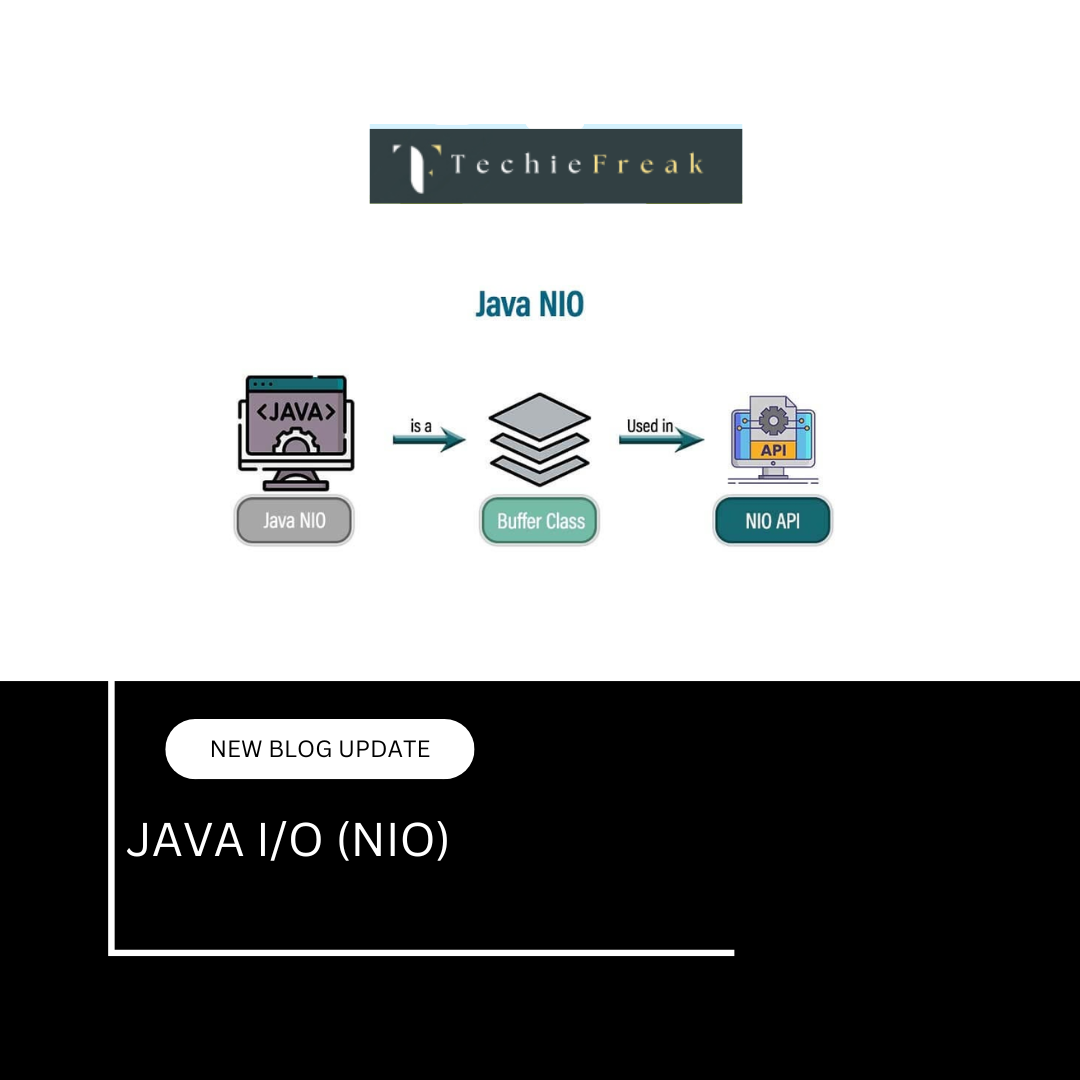
.png)
 (1).png)
 (2).png)
 (3).png)
 (4).png)
 (5).png)
 (6).png)
 (9).png)
 (7).png)
 (10).png)
 (8).png)
 (10).png)
 (12).png)
 (13).png)
 (13).png)
 (15).png)
 (16).png)
 (19).png)
 (20).png)
 (21).png)
 (22).png)
 (23).png)
 (24).png)
 (25).png)
 (26).png)
 (27).png)
 (29).png)
 (30).png)

 (31).png)
 (32).png)
 (33).png)
 (34).png)
 (35).png)
 (36).png)
 (37).png)
 (38).png)
 (39).png)
